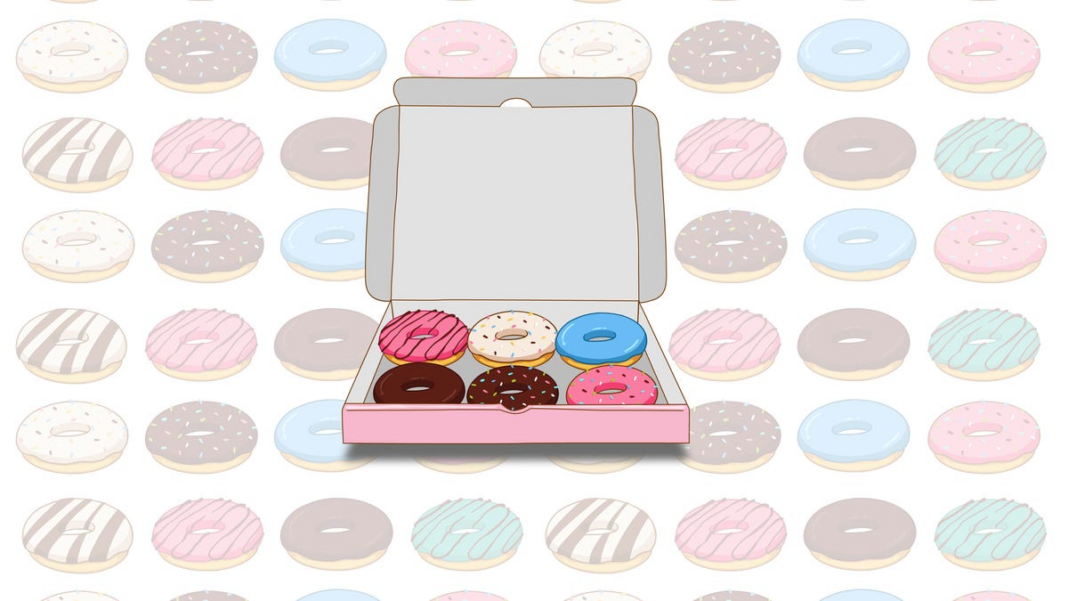How sugar came to be viewed as sexual and ‘sinful’ − and why dessert shouldn’t be skipped
There’s something undeniably joyful about the cheerful pink box containing a dozen donuts. Even if it’s in a break room and only a few remain – such as the jelly-filled ones – it still represents happiness, sweetness, and even a hint of sin.
While some may see sugar as just a cheap thrill, for me, it signifies a vital source of energy and a form of rebellion. Our relationship has been tumultuous yet full of reconnection countless times.
During my teenage years, I battled an eating disorder that lingered in various forms for nearly ten years. On days when I’m honest with myself, I can recognize that its traces still sit deeply embedded in my mind.
The discourse surrounding women who are well-nourished is particularly harmful. It creates guilt about food choices—ordering a basket of fries feels like a moral dilemma, and indulging in a rich chocolate cake is often labeled “sinfully sweet.” By framing our desires for food in terms of shame, a clear divide is established between good and bad foods, virtuous and immoral choices.
Anorexia, which tends to impact women disproportionately, often carries an image of superficiality. Yet, the reality is harsh—it damages the body, disrupts menstrual cycles, brings on chills, and deteriorates your insides, leaving you feeling discarded. With every bite you take, it transforms into a mere statistic in an ongoing battle.
Through separating the long-standing link between dieting and morality, I discovered a straightforward principle that introduces sweetness (in every sense): You should always enjoy dessert.
The dieting dilemma
Whereas anorexia and bulimia reflect forms of self-punishment, dessert—its very essence—is the complete antithesis. It embodies pleasure for the sake of pleasure, which is a concept society often disapproves of when it comes to women.
“What does it convey about our society that the desire to lose weight is seen as a standard trait of womanhood?” journalist Roxane Gay questions in her book “Hunger: A Memoir of (My) Body.”
It’s no surprise when you consider that the typical runway model’s size is below a U.S. size 2, while the average American woman’s figure has an average waist size of slightly over 38 inches—far from a size 2.
“Most girls are raised to believe that we should be slim and petite,” Gay observes, “We should minimize our presence. We ought to be seen but not heard, and if we’re visible, we should be appealing to men and acceptable in society’s view.”
This expectation can lead healthy women, regardless of their body size, to feel continually impoverished.
The language of dieting reinforces that notion. It’s not only about enduring hunger; our hunger is almost revered: expressions like “I’ve been so disciplined this week” or “I’m eating clean” imply that anything else is somehow unworthy.
Entwined: Sugar and sexuality
Dessert is frequently framed in a sensual context—discussed in terms of indulgence versus restraint, which is intentional.
Women often receive conflicting messages about sugar, Dr. Sera Lavelle, a psychologist specializing in eating disorders points out. One message promotes total indulgence; for instance, indulging in a tub of ice cream after a breakup, suggesting it will be comforting. This often comes with a sexual subtext, where romantic intimacy is equated with sugary treats.
Lavelle recalls a subway advertisement for a food delivery service featuring a massive ice cream sundae with the tagline “Why don’t I come over and make you forget all about him?” It blatantly targeted women and LGBTQ individuals. Dig deeper, and it hints at a more disturbing implication: without a male presence, you’re left feeling empty, yearning for what’s missing.
Conversely, Lavelle explains, women are often led to believe that consuming sugar can make them undesirable or unlovable.
Advertisements promoting chocolate, burgers, and other “decadent” foods often contain heavy sexual undertones. The women featured tend to be thin, reinforcing another message: partake in indulgences—both sexual and culinary—only in ways that conform to societal expectations of attractiveness or don’t provoke discomfort. This creates a nearly impossible tightrope to walk in a culture that fears both weight gain and unrestrained female desire.
As a result, the reluctance to indulge is seen as a personal flaw, an inability to savor joy while fitting into the shrinking ideals of beauty.
The importance of enjoying dessert
This brings us back to the pink box. During my struggle with the eating disorder, I’d often gaze at the donuts—certain I wanted one, yet equally convinced I couldn’t indulge. My mouth would water at the sight, but was it really allowable? Only the lesser among us crave sugar. Only the weak give in.
Lavelle explains the logic as “being the thinnest equates to being the best.”
As a result of our experiences, we have managed to control ourselves the best we can.
Heaven forbid if I fully “indulge,” it could make me appear crass, closely resembling my true self. Women are entitled to enjoy pleasure as well, and can take joy in things that might not extend our lifespans.
I have a preference for maple bars or chocolate donuts sprinkled with toppings. At least, I believe I do. It’s distressing not to fully comprehend your own tastes—each desire filtered through the mechanisms of diet culture, twisted into something unrecognizable.
After spending years exploring my subconscious, attempting to rekindle those authentic cravings, I’ve learned a few valuable lessons.
Here’s my suggestion—take it lightly, perhaps with a bit of salt (or sugar): Surrender your fatigued body and allow it to savor. Whether it’s for the taste, the aesthetic, or the ritual, indulge mainly as an act of defiance.
Always enjoy dessert.

